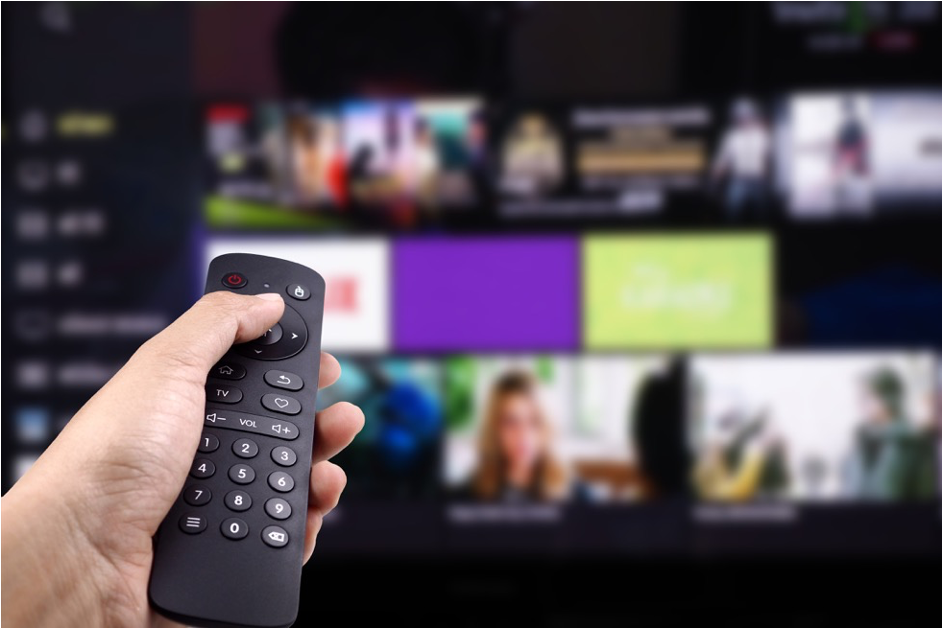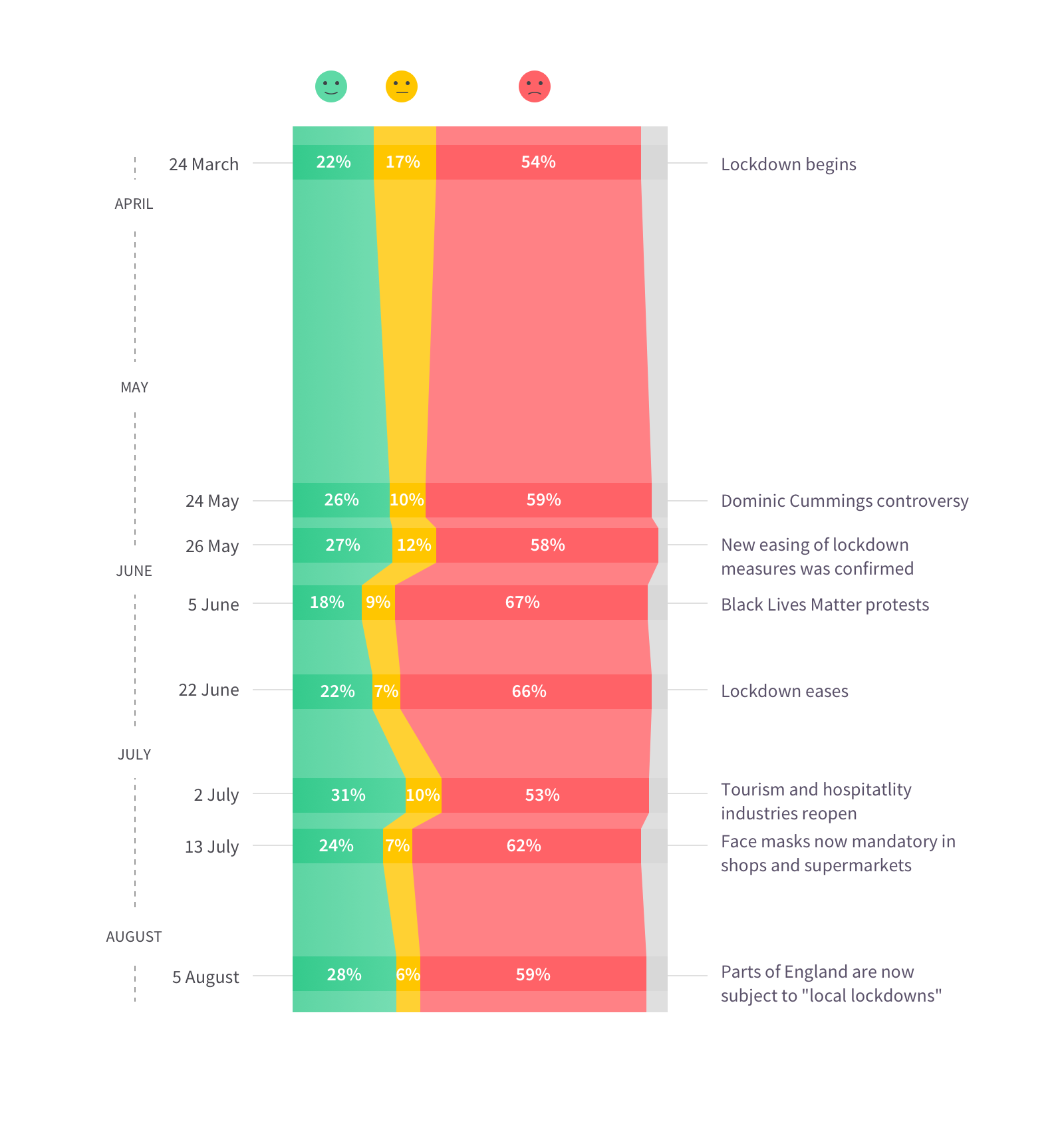COVID-19 UK: Change In Seeking Medical Advice Since COVID-19

Base: 1507 UK app-based citizens
Male/Female: 30%/70%18-24/25-34/35-44/45-54/55+: 12%/41%/30%/12%/4%
Using the CitizenMe platform, we went out to our COVID-19 community, which is an open-data research project designed to enable the world’s citizens to share real-time opinions and data about COVID-19 with the institutions fighting the pandemic.
Key Results
We asked 2 key questions:
Before the COVID-19 virus outbreak, which was your preferred method of speaking with a medical professional?
Since the COVID-19 virus outbreak, what is/would be your preferred method of speaking with a medical professional?
Overall Trends For Method Use
We found that those who use mobile services and telephones are more likely than average to be both male and younger. This might be explained by individuals who work in a technology-centric industry are more likely to use technology as the method to speak with medical professionals, and statistically, there is a higher incidence of younger males working within these professions. Conversely, among females, we found that they were more likely to want to visit someone in person before COVID-19.
Since the COVID-19 outbreak, there has been a huge shift in the ways that individuals are going to speak with a medical professional:
The data provided us with some interesting insights into why we are seeing these differences:
What Methods Are Citizens Moving Into From Before The COVID-19 Outbreak And Then Since The COVID-19 outbreak?
Only 17% of people who said they would see a medical professional in person before the outbreak would see one since the outbreak. The biggest shift we have observed was a 52% rise in telephone services, whilst 1 in 10 will use a mobile app:
What Is The Difference Between Gender?
Before the outbreak, females were more likely to want to go in person to see a medical professional, with males not far behind. Both were also as likely to speak on the telephone.
Since the outbreak, both genders have diffused into methods other than ‘in-person’, with there being significant differences in speaking with a medical professional on the telephone:
What About Age?
Before the outbreak, the older you are, the more likely you will want to see a medical professional face-to-face.
Since the outbreak, there has been more diffusion in age in the type of methods of speaking with a medical professional:
“The CitizenMe COVID-19 community is an open-data research project designed to enable the worlds citizens to share real-time opinions and data about COVID-19 with the institutions fighting the pandemic.” All data gathered is shared anonymously with health services and researchers, governments, journalists, charities – and with the general public. If you would like a full, anonymised copy of the data, please email us at COVID@citizenme.com






